Appendix A
Department of Homeland Security
Component Agency Health
Protection Program Descriptions
DHS component agencies approach workforce health protection in a variety of ways. In this appendix, the committee provides brief descriptions of the organizational structures for component agency health protection programs.
CUSTOMS AND BORDER PROTECTION (CBP)
Occupational health programs, including fitness for duty, workers’ compensation, employee assistance programs (EAPs) and wellness, and occupational safety and health, are all located within CBP’s Office of Human Resources Management but divided among different divisions (e.g., Benefits, Medical and Worklife Division, Occupational Safety and Health Division). Operational medicine programs, however, are managed at the subcomponent level based on needs in the different operating environments. The Office of Border Patrol, Office of Field Operations, Office of Air and Marine, and Office of Training and Development each have separate emergency medical services (EMS) and operational medicine programs.
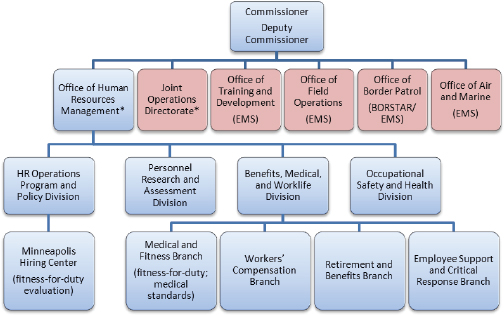
FIGURE A-1 Organization of CBP health functions.
NOTE: *Denotes location of DHS Senior Medical Advisor (SMA).
IMMIGRATION AND CUSTOMS ENFORCEMENT (ICE)
Responsibilities for workforce health at ICE fall under two primary offices within the Management and Administration Directorate: the Office of the Chief Financial Officer (CFO) and the National Firearms & Tactical Training Unit. Within the Office of the CFO, occupational health programs are segregated: the Office of Asset Administration has responsibility for occupational safety and health programs, and the Office of Human Capital has responsibility for ICE’s medical programs (e.g., fitness for duty). Operational medicine programs are based in the National Firearms & Tactical Training Unit. The ICE Health Service Corps, housed within the Enforcement & Removal Operations Directorate, is staffed by more than 900 U.S. Public Health Service physicians and is responsible for the agency’s detainee health care program but is not involved with workforce health functions.
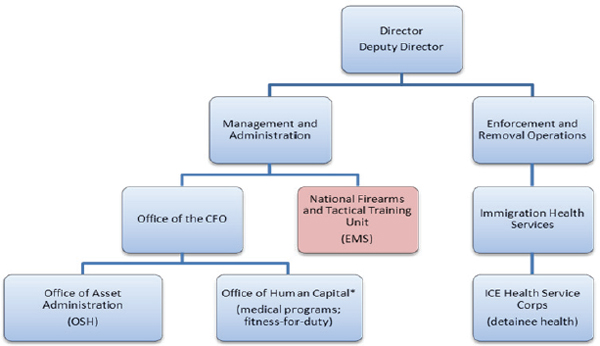
FIGURE A-2 Organization of ICE health functions.
NOTE: *Denotes location of DHS Senior Medical Advisor (SMA).
FEDERAL EMERGENCY MANAGEMENT AGENCY (FEMA)
FEMA’s workforce health programs are housed primarily within the Mission Support Bureau, divided between the Office of the Chief Component Human Capital Officer (workers’ compensation, medical standards, drug-free workplace, and some EAP/wellness programs) and the Office of the Chief Administrative Officer. The Safety, Health, and Medical Readiness Division sits within the latter and is divided into three branches: (1) Occupational Health, which focuses on wellness initiatives, vaccination programs, infectious disease prevention, ergonomics, EAP, medical countermeasures, and travel preparedness activities; (2) Disaster Operations, which manages a cadre of safety officers who assess disaster sites for hazards and Occupational Safety and Health Administration (OSHA) compliance and manage other safety and health services for deployed personnel; and (3) Environmental Safety and Health, which runs the agency’s occupational safety and health program. Operational medicine at FEMA is associated primarily with urban search and rescue programs, run out of the Office of Response and Recovery. FEMA also controls the Mt. Weather Emergency Operational Center, which has its own fire department integrated with the local EMS system.
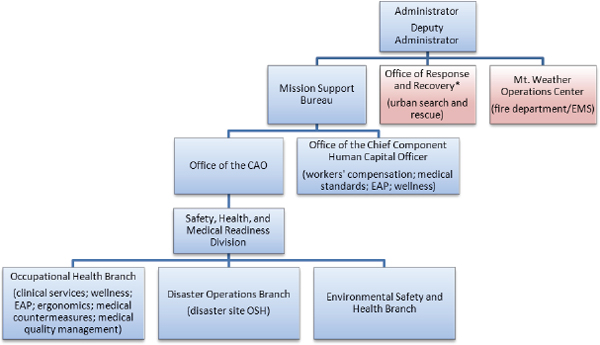
FIGURE A-3 Organization of FEMA health functions.
NOTE: *Denotes location of DHS Senior Medical Advisor (SMA).
TRANSPORTATION SECURITY ADMINISTRATION (TSA)
Occupational safety and health and medical programs are segregated at TSA. The Medical Review Programs Branch, which oversees reasonable accommodation, alcohol- and drug-free workplace, workers’ compensation, EAP/wellness, and medical certification programs, sits in the Office of Human Capital. Occupational Safety, Health and Environment (OSHE) administers TSA’s occupational safety and health program and is housed under the Office of the Chief Administrative Officer, which sits in Finance and Administration.
The Federal Air Marshal Service (FAMS), a subcomponent of TSA, operates its own medical program almost fully independently of TSA. This program includes nurse case management, fitness for duty, and occupational safety and health integrated into a single program overseen by an internal medical director, who also provides medical direction for the FAMS operational medicine program. The FAMS medical program initially included workers’ compensation, but this function is now administered from the TSA Medical Review Programs Branch.
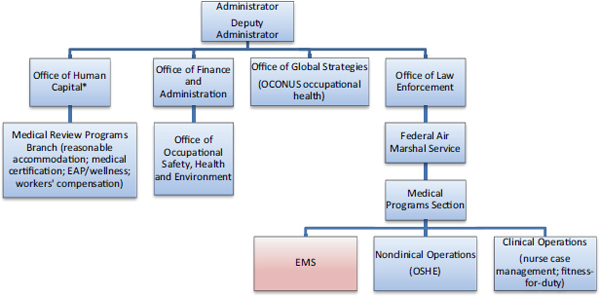
FIGURE A-4 Organization of TSA health functions.
NOTE: *Denotes location of DHS Senior Medical Advisor (SMA).
U.S. CITIZENSHIP AND IMMIGRATION SERVICES (USCIS)
Occupational health services at USCIS fall within the Management Directorate, split between the Emergency Management and Safety Branch (occupational safety and health programs) and the Office of Human Capital and Training (workers’ compensation, worklife and worksite wellness programs). Primarily office based, USCIS has no operational medicine program.
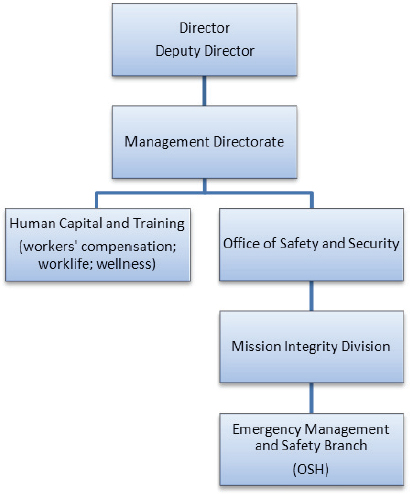
FIGURE A-5 Organization of USCIS health functions.
U.S. SECRET SERVICE
Workforce health functions for the Secret Service are housed within the Office of Human Resources and Training. They include safety and health, medical review, and operational medicine programs, with the latter being administered through the Rowley Training Center, under the Office of Training.
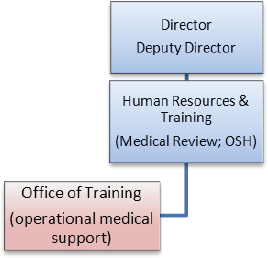
FIGURE A-6 Organization of U.S. Secret Service health functions.
U.S. COAST GUARD
Within the Coast Guard, all workforce health protection functions are organizationally aligned under the Director of Health, Safety, and Worklife, who is the Coast Guard Surgeon General and Chief Safety Officer and oversees the activities of the directorate’s three offices. The Office of Health Services includes the Operational Medicine and Medical Readiness Division, the Health Systems Management Division, and the Quality and Performance Improvement Division. Health promotion and employee and family support services fall under the Office of Work-life. Aviation, afloat and shore safety, and environmental health fall under the Office of Safety and Environmental Health. This organizational structure was implemented to improve integration of activities and prevent stovepiping.
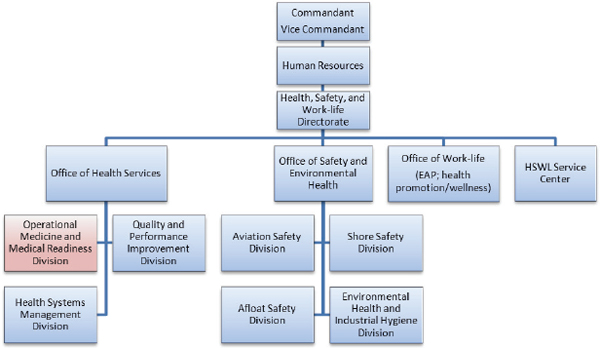
FIGURE A-7 Organization of U.S. Coast Guard health functions.








